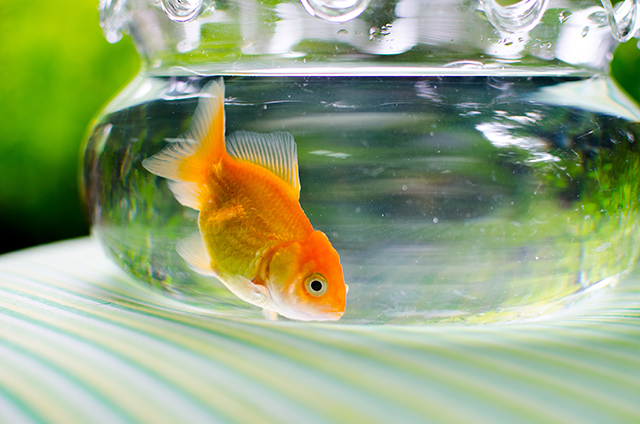
Tens of thousands of goldfish removed from waters in one county
In nearby Carver County Minnesota, somewhere between 30,000 and 50,000 abandoned goldfish were removed from waters. In a statement released about the goldfish removal, authorities said that the problem was complicated by the fact that goldfish can be used as bait. Carver County has signed an $88,000 contract with a consulting firm to find a better way of managing the fish. Dumping unwanted goldfish in local lakes is illegal in most states, Minnesota included. The practice is considered illegal fish stocking, and in addition to upsetting the existing balance of natural fish communities, it also spreads disease. The problem is not limited to Minnesota. It is also a growing concern in places like Washington state; Boulder, Colorado; and Lake Tahoe, Nevada. Various countries around the world are also struggling with goldfish problems, including Australia and Canada. Fisheries and Oceans Canada has expressed concerns that the giant goldfish invading Hamilton Harbor on Lake Ontario may spread to the rest of the Great Lakes. According to the U.S. Fish and Wildlife service, billions of dollars worth of damage is done each year by invasive species like goldfish. Natural resources specialist Caleb Ashling told the Washington Post: “People are trying to be nice, but they don't realize that goldfish can have a lot of unintended consequences. Most people really care about their lakes and ponds, but you may be causing problems you weren't aware of if you let them go there.” Experts are advising people who have unwanted goldfish to put them up for adoption or call their veterinarian or local pet retailer for advice on handling the situation humanely. Sources for this article include: MSN.com LiveScience.com NPR.orgUS lithium mining projects are not eco-friendly
By Divina Ramirez // Share
The future of building materials lies in bacteria-filled bricks
By Mary Villareal // Share
Researchers discover what may be the largest land drawings ever made
By Virgilio Marin // Share
GREAT NEWS: Natural immunity to coronavirus is comprehensive and DURABLE – study
By Lance D Johnson // Share
World’s largest floating solar farm to be built in Indonesia
By Arsenio Toledo // Share
La Porte, Texas orders evacuations after factory chemical leak
By Ramon Tomey // Share
Putin deploys Oreshnik hypersonic missiles to Belarus, escalating NATO tensions
By kevinhughes // Share
U.S. escalates maritime war on narco-terrorism, killing eight in latest Pacific strikes
By patricklewis // Share
How forced immunizations, fraudulent science and corporate greed have endangered public health
By patricklewis // Share
Blood pressure pills RECALLED due to manufacturing mix-up
By oliviacook // Share











